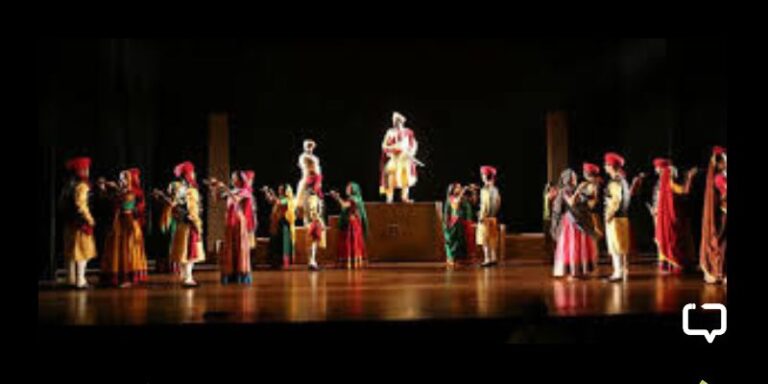Team P3 curates a list of post-Independence Indian literature that includes books from the decade of 1950s for your TBR.
India is a vast conglomeration of cultures, histories, stories, and dialects, and trying to define that is a task easier said than done. We continue to try looking at post-independence literature through its decades with this article. We’ve already looked at the most influential Indian books published in the 1940s and in this one, we’ll continue that by looking at the books that came out in the 1950s.
We are documenting Indian literature since its Independence through its decades. Read book recommendations from the 1940s.
While we’ve tried to be as comprehensive and objective here as possible, it’s feasible that we might have missed out on some. If so, please comment below and we’ll consider adding it to our compilation. With all that being said, let’s look at Indian literature through the 1950s.
We encourage you to buy books from a local bookstore. If that is not possible, please use the links on the page and support us. Thank you.

































